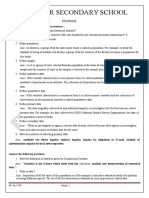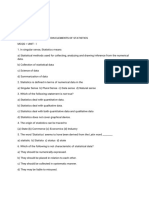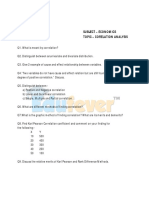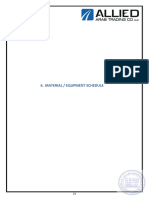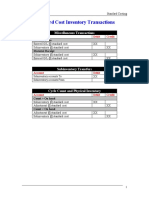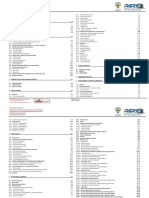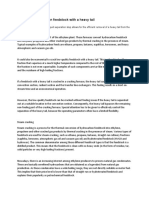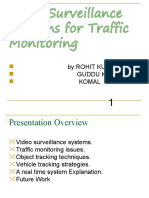0% found this document useful (0 votes)
31 views2 pagesCollection of Data 9
The document is a collection of data-related questions and answers designed for an Economics XI course at Sahay Institute, focusing on primary and secondary data. It includes multiple-choice questions, true or false statements, and short answer questions regarding data collection methods, definitions, and statistical information. The document aims to assess understanding of data concepts and their applications in real-world scenarios.
Uploaded by
aryanims23029Copyright
© © All Rights Reserved
We take content rights seriously. If you suspect this is your content, claim it here.
Available Formats
Download as PDF, TXT or read online on Scribd
0% found this document useful (0 votes)
31 views2 pagesCollection of Data 9
The document is a collection of data-related questions and answers designed for an Economics XI course at Sahay Institute, focusing on primary and secondary data. It includes multiple-choice questions, true or false statements, and short answer questions regarding data collection methods, definitions, and statistical information. The document aims to assess understanding of data concepts and their applications in real-world scenarios.
Uploaded by
aryanims23029Copyright
© © All Rights Reserved
We take content rights seriously. If you suspect this is your content, claim it here.
Available Formats
Download as PDF, TXT or read online on Scribd
/ 2

















